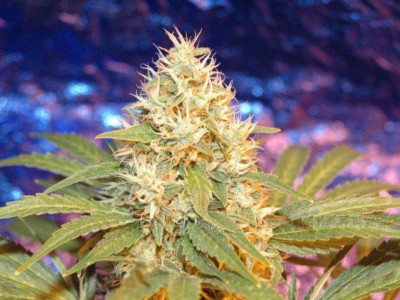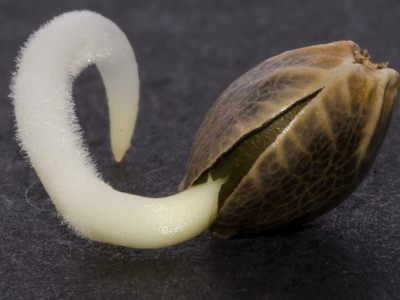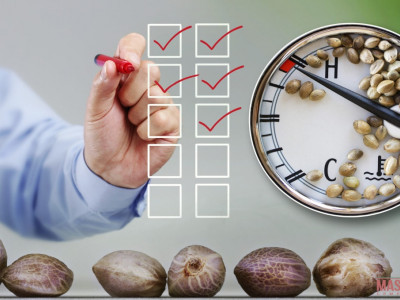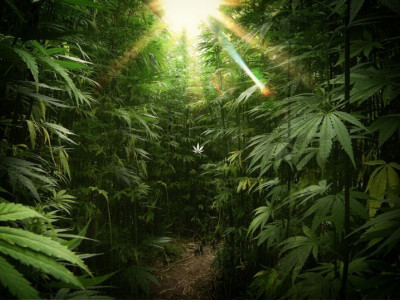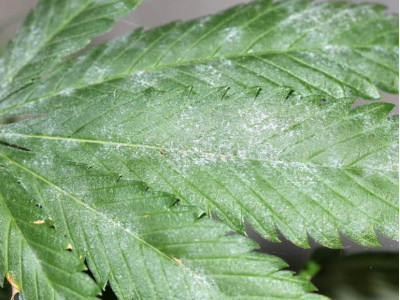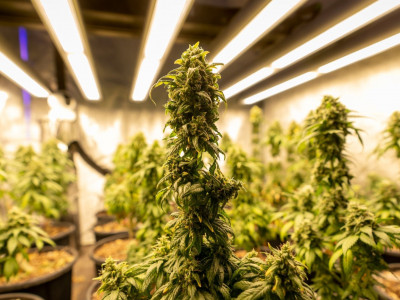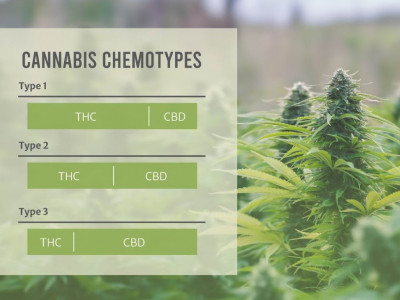0.00 грн.
CheckoutWhy is pH important when growing cannabis?
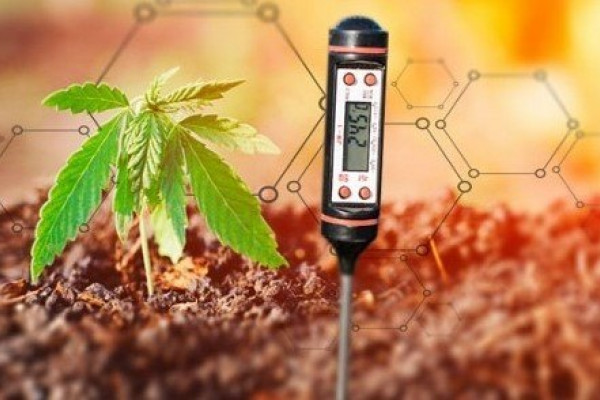
It is impossible to get a rich harvest without labor, and in order to make this work bring joy, we suggest that you find out what the pH level is and how to grow vigorous and generous plants with cones using its measurement.
In different regions, the composition and acidity of water is different. If your friend's “plant” looks healthy and cheerful, and yours looks sad and yellowed, all other things being equal, most likely it is the water. So stock up on knowledge, and we at Coffeeshop® will help you achieve excellent results.
What is pH and Why Control It
Whatever you grow - hydroponically, in soil or substrate - the level of acidity must be measured in any case. The difference lies in the fact that when growing in hydroponics, only the pH of the solution is measured, and when using a substrate, both it and water.
The main misconception of beginner growers is that they are looking for the ideal pH level for plants and dream of using it as a template for all stages and periods of growth. The reality is that plants absorb different chemicals at different pH levels, which means that the acidity of the environment is in direct correlation with the elements that hemp “absorbs”. Roughly speaking, if a plant lacks magnesium when you are actively feeding it, then the acidity of the water and soil does not contribute to the absorption of this element.
General data on the pH level of water for hemp does exist. It is recommended to stick to the corridor of 5.5-6.5. If you find that in your case the indicators do not correspond to the norm, do not rush to sharply equalize the situation. Too rapid a change in acidity (as well as any external factor) stresses the cannabis. Even one mistake can lead to unpleasant consequences: the appearance of yellowness, slow growth, and in extreme cases, females acquire the properties of males, which does not contribute to a good harvest.
How pH Affects Cannabis Leaves
One of the clear signs that the acidity of the soil is not up to standard is a change in the color of the leaves. If this indicator is not regulated, the process of absorption of nutrients is disturbed. The roots stop absorbing metals and minerals, causing the cannabis to turn yellow and the leaf thickness to decrease. In this case, you need to stabilize the soil.
How to equalize the pH of the environment
To control this indicator, measuring devices for plants are used PH-meters and litmus indicators. The first are electronic devices, the sensitive element of which must be lowered into the water and the liquid is disturbed, thereby removing air bubbles and weak electrical charges. After a few seconds, the display will show a number, which may take up to 30 seconds to stabilize.
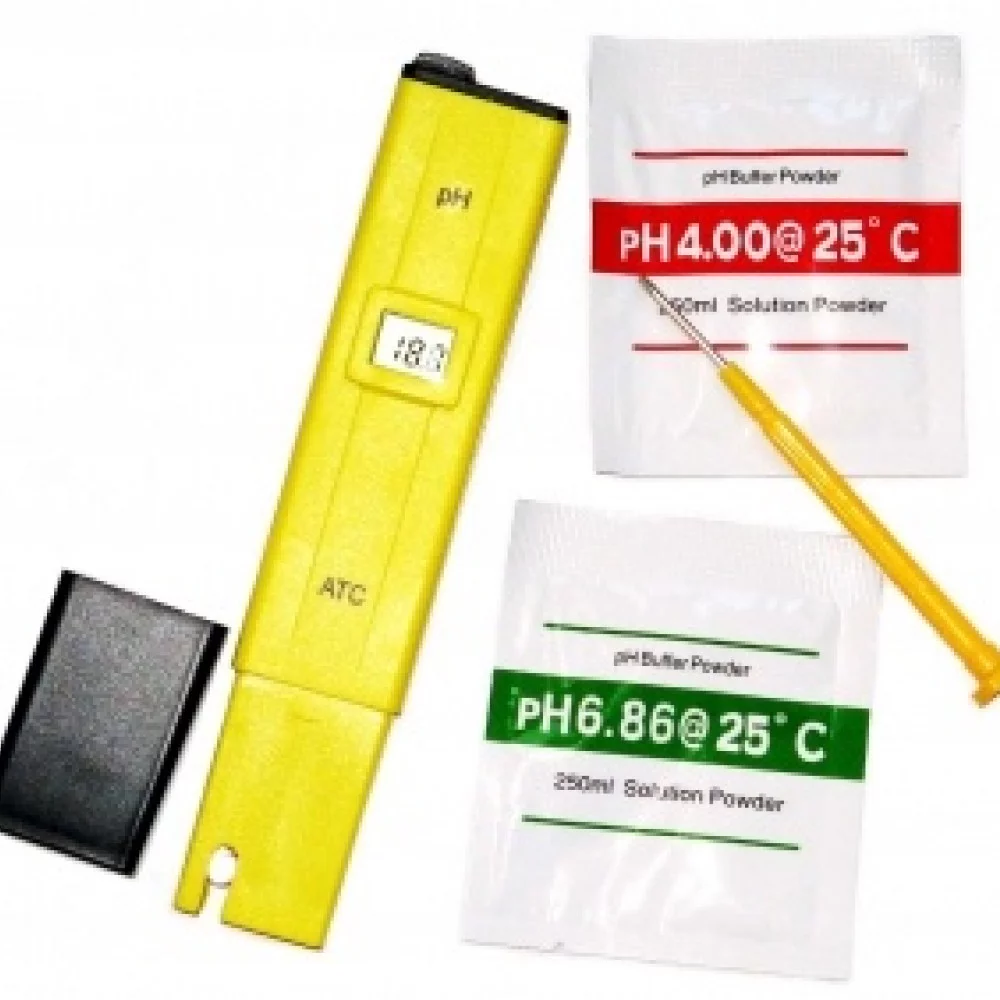
The indicator strips work like this:
- The grower tears off one piece of paper, dips it in liquid or places it in damp soil, and waits for a few seconds.
- When a color spot appears on the strip, you need to compare its intensity with the color line indicated on the package.
Another option is a universal soil pH meter. This is a massive and fairly accurate device that digs into a pot with a plant. Sensors collect information about the state of the soil, and a scale with an arrow shows its change in real time.
To bring the acid-base balance to the desired level, powders, and liquids are used.
Important Notes on the Use of Acid Leveling Agents
- The funds are applied to clean water before you add fertilizers to it.
- Use funds strictly according to the instructions.
Sometimes it is difficult to understand how to find out the pH level in the soil, because fertilizers are constantly changing this indicator. In order not to constantly sit in a greenhouse with a pH meter, use special “buffers”. You can buy them in seed shops, including ours.
For better control of the chemical elements that the plant receives, we recommend using filtered, purified water. You can use a regular tap filter, purchase purchased water if funds allow, or at least let the tap water settle for 8–10 hours in an open container. This allows light compounds, in particular chlorine, to leave the container, as well as equalize the temperature of the liquid before watering.
